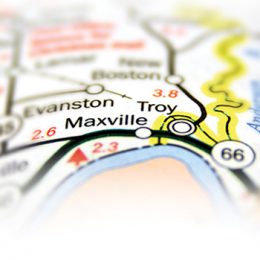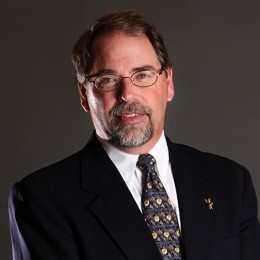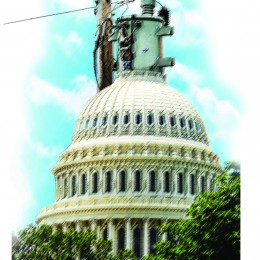My 8-year-old daughter came across the word “nowhere” recently in her reading. She knew the word but wondered if maybe it should have been two words. In print, she reasoned, it looks as if it also could be pronounced “now-here.”
I told her that was a creative way to look at it, but nope: it was one word, “nowhere,” as in the Beatles song, “Nowhere Man” which she sometimes sings, and there was no word “now-here.” She was just checking, she said, and thought nothing more about it.
But I did.
The next morning I saw the word “Nowheresvilles” in the opening session of the Indiana Statewide Association of RECs annual meeting. This year’s meeting focused on ways Indiana’s consumer-owned electric cooperatives “energize” the communities they serve. The session’s presenter was Jack Schultz, an authority in rural and small-town economic development from Effingham, Ill. His powerful presentation, based on his even more powerful book, Boomtown USA: The 71⁄2 Keys to Big Success in Small Towns, identified what separates thriving towns from struggling ones.
Schultz noted that America is in the midst of a third population migration. The first was in the 1800s when Americans moved from farms to factory jobs in cities. The second was post-World War II when the automobile and telephone (and rural electrification) helped spur the move from urban areas to the suburbs.
Today’s movement is from the cities and suburbs to smaller stand-alone communities, what Schultz calls “agurbs.” These communities provide the quality of life and open spaces that metropolitans tired of the rat race are craving.
New technologies, like high-speed Internet, are making the world smaller and making this migration possible. Once again, electric co-ops are playing an important role by supporting economic development and providing the electricity and leadership in these communities across the country. Schultz noted that a third of all new jobs in the nation have been created in these smaller communities.
He noted many of the fastest growing, most attractive communities today were once considered “Nowheresvilles.” These communities have become “Now-Heresvilles,” as my insightful daughter might say. Often the difference between the two is as simple as looking at the same old thing but with a fresh open mind; shifting perceptions; challenging the status quo.
“How do we create a special sense of ‘place’ in our small towns,” Schultz asked co-op leaders. It takes innovative thinking, leadership and investment in our communities, he said. “Vision is the difference between a ghost town and a Boomtown!”
His 71⁄2 keys are:
- #1 Adopt a “can-do” attitude;
- #2: Shape your vision;
- #3: Leverage your resources;
- #4: Raise up strong leaders;
- #5: Encourage an entrepreneurial approach;
- #6: Maintain local control;
- #7: Build your brand;
- #71⁄2: Embrace the “teeter-totter factor” — it takes just a small shift in using any of the first seven keys to turn a negative into a positive.
In researching his book, Schultz looked at the more than 15,800 communities across America. Based on a number of criteria, he picked the nation’s top 397, or the top 2.5 percent. He then narrowed those down to his “Golden Eagles Top 100 Agurbs.” Two Hoosier communities made the top 100: Columbus and Greencastle. A dozen others were in his top 397. They were: Brookville, Greensburg, Jasper, Kendallville, LaGrange, Nashville, North Vernon, Princeton, Santa Claus, Seymour, Tell City and Warsaw.
Each of these communities, Schultz said, provided examples of using one or more of the keys he outlined to make a positive impact.
It behooves us who live in or have a love for rural and small town Indiana to consider Schultz’s keys. We must unlock the ways to make our communities the kinds of places our kids will want to come back to: to raise their families and live successful lives. We must — and we can — make our “nowhere” places part of the “now” and “here.”



